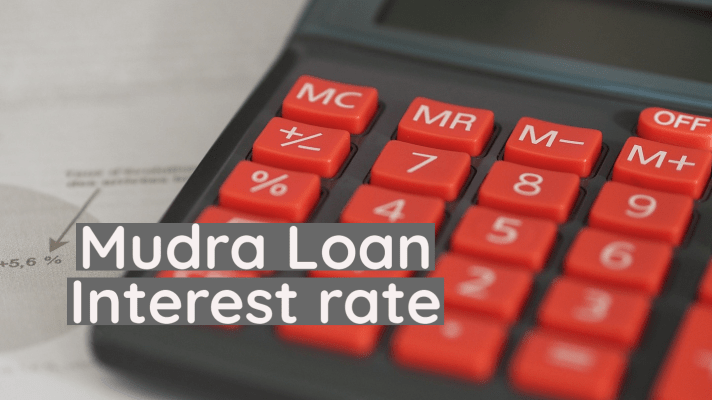When you take a loan from any financial institution to meet any monetary requirement for a particular period of time, you need to repay the principal amount along with the interest within that period. Interest is that part of the loan amount which is over and above the principal amount to be repaid to the lending institution. So, it is mandatory that, you understand how the interest rate is calculated on the loan.
There are 2 methods of calculating interest rates on the loan-
- Flat Interest Rate
- Reducing/Diminishing Interest
The above mentioned methods are explained below in details.
What is Flat Interest Rate?
As the term implies, the interest rate is calculated on the full loan amount throughout its loan tenure without considering monthly payments (EMIs), which gradually reduces the principal amount. Therefore, the effective interest rate is considerably higher than the Flat Rate quoted initially.
The calculation of Flat interest rate is-
(Original Loan Amount x Number Of Years x Interest Rate Per Annum) ÷ Number Of Instalments = Interest Payable Per Instalment
In this method, you need to pay the interest on the entire loan amount throughout the loan tenure. Generally, Flat interest rates range from 1.7 to 1.9 times more when it is converted to the equivalent Effective Interest Rate. This interest method is particularly used to calculate the interest payable for Personal and Vehicle Loan.
What is Reducing/Diminishing Interest Rate?
In Reducing / Diminishing Balance Rate method, the interest rate is calculated every month on the outstanding loan amount. The monthly repayment (EMI) includes interest payable for the outstanding loan amount for the month plus the principal repayment. After every EMI payment, the outstanding loan amount gets reduced by the amount of principal repayment. So, the interest rate for the next month is calculated only on the outstanding loan amount.
The calculation of Reducing Interest rate is-
Interest Payable per Instalment = Interest Rate per Instalment * Remaining Loan Amount
In the above mentioned method, you only have to pay interest on the outstanding loan amount. The reducing interest rates quoted are the Effective Interest Rate, which is similar to the interest rates used for Savings Accounts and Fixed Deposits (FD). This interest method is particularly used to calculate the interest payable for property loans, credit cards, mortgage and overdraft facilities.
Flat Vs Reducing Interest Rate
- In flat interest rate method, the interest rate is calculated on the principal amount of the loan while, the interest rate is calculated only on the outstanding loan amount on a monthly basis in the reducing interest rate method.
- Generally, Flat interest rate is lower than the reducing interest rate.
- The calculation of flat interest rate is quite easier as compared to the reducing interest rate which is quite complex.
- Practically, reducing interest rate method is a better option than the flat interest rate from the borrower’s point of view.
- In the flat interest rate method, the monthly repayment does not change with time. While it changes depending on the outstanding loan amount in case of reducing interest rate.
- The loan tenure for Fixed Interest rate is usually longer than that of the Reducing Interest rate.
The EMI to be paid in case of flat interest rate method is higher than that of reducing interest rate method.














